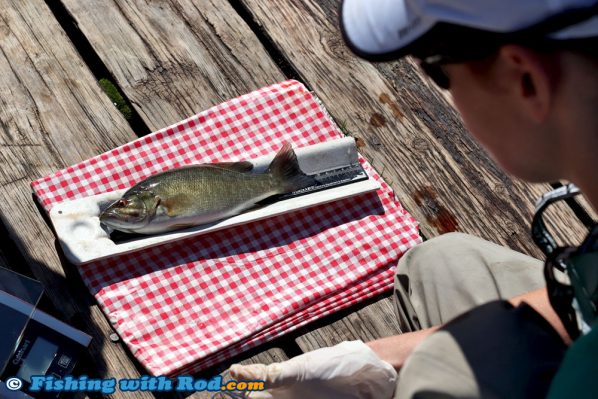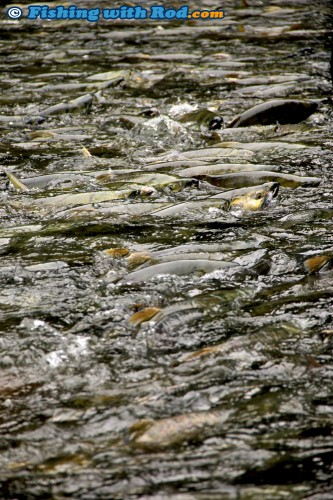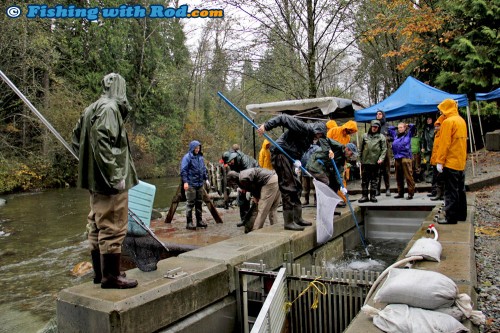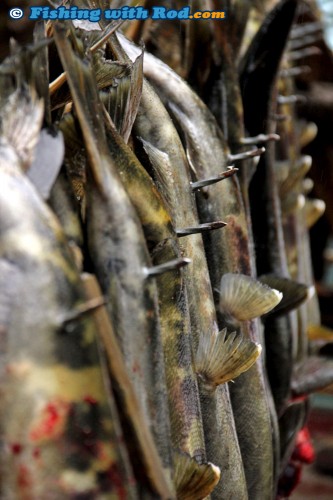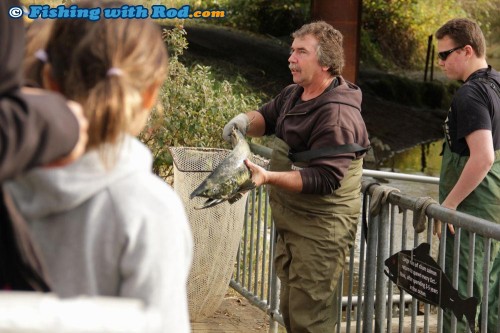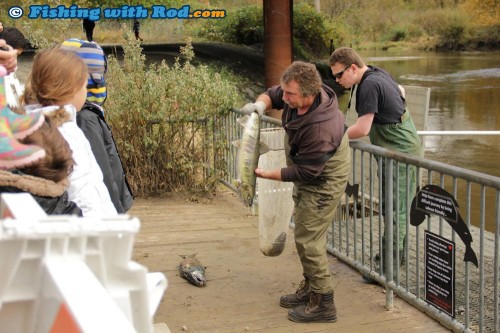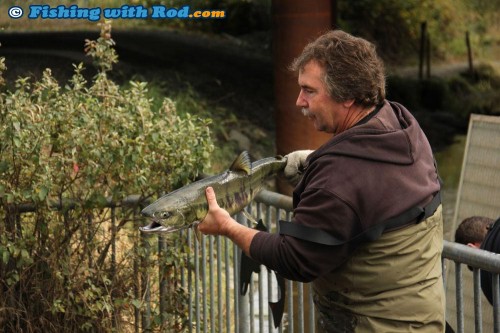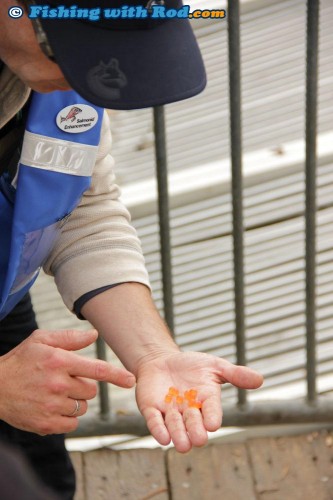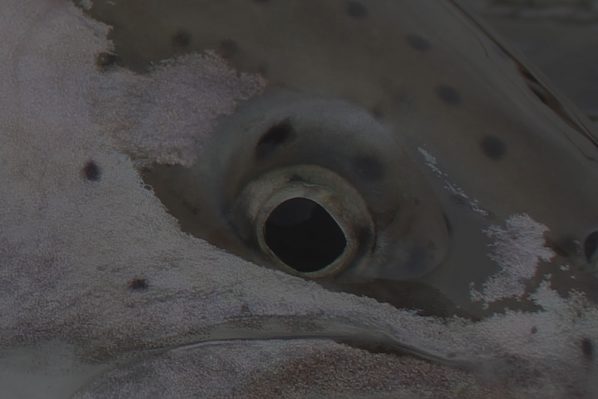
By now if you do some kind of recreational fishing in British Columbia, you must have heard about the predicted return numbers for this year’s Interior Fraser River steelhead, which are pretty dismal. The expected number of steelhead returning to the Thompson River is 145 fish, while Chilcotin River’s return is expected to be 45 fish. The number of fish spawning in the spring will most likely be even lower than that once overwintering mortality is taken into account.
The Thompson River returns, just one decade ago, were still in the thousands. Lets pause for a minute and think about the rate of this decline. If an iconic species of animal in British Columbia, take grizzly bear, or bald eagle for example, had a 50%+ decrease after one breeding cycle, imagine what the public outrage would be.
The trouble with fish is that, they are in the water. You can’t see them and you don’t know how they’re doing. Once a fish species loses its commercial value, it no longer is a public interest. A handful of lucky steelhead anglers who have had the privilege to shake hands with these fish, have a sentimental connection with them and will be their advocates, but their voices are not enough to bring these populations back to what they used to be. The recovery of a species requires the support of ALL British Columbians, and this is where you come in.
Now, I can’t sit here and tell you what a magnificent sportfish the Thompson River steelhead is or that we are saving them so future generations can enjoy catching them. Firstly, I’ve never fished for them so I wouldn’t know, and this is not about fishing anymore. The loss of a species is tragic, especially when it is preventable. The goal is no longer to save an iconic fish so some fishermen can feel the tug again. This is about saving genetically distinct populations of fish which cannot be replaced once they are gone.
The Interior Fraser River steelhead’s endemic range is huge. From the streams where they hatch to the Pacific Ocean, too many things can go wrong in tens of thousands squared kilometres. On top of natural challenges such as predation and unfavourable oceanic conditions, their survival is impacted by plenty of human activities. Some of these human-caused problems take time to resolve, while others can be eliminated immediately.
The commercial chum salmon gill net fishery in the Lower Fraser River, which takes place during these steelhead’s returns, is one of them. When there are only 200 fish returning, it is absurd to suggest some of them can be considered as incidental by-catches so a fishery can be allowed. With a post-release mortality at over 60%, you can see how fast the population can be pushed to extinction. The trouble with saving a species, is the race against time. The rate of decline accelerates as the species approaches extinction. Ten years ago, losing 20 fish meant a 1% loss of the population. Today, it becomes 10%. Time is running out.
Our immediate action should be to pressure this government to end a commercial fishery that puts money in a few pockets at the expense of a species’ survival. You can do so by signing this current petition that has been circulating. By signing this petition, it does not guarantee the recovery of the Interior Fraser River steelhead populations, far from it. This recovery will most likely take decades so your ongoing action and support are required. Sign, share and inform others who are still unaware.
